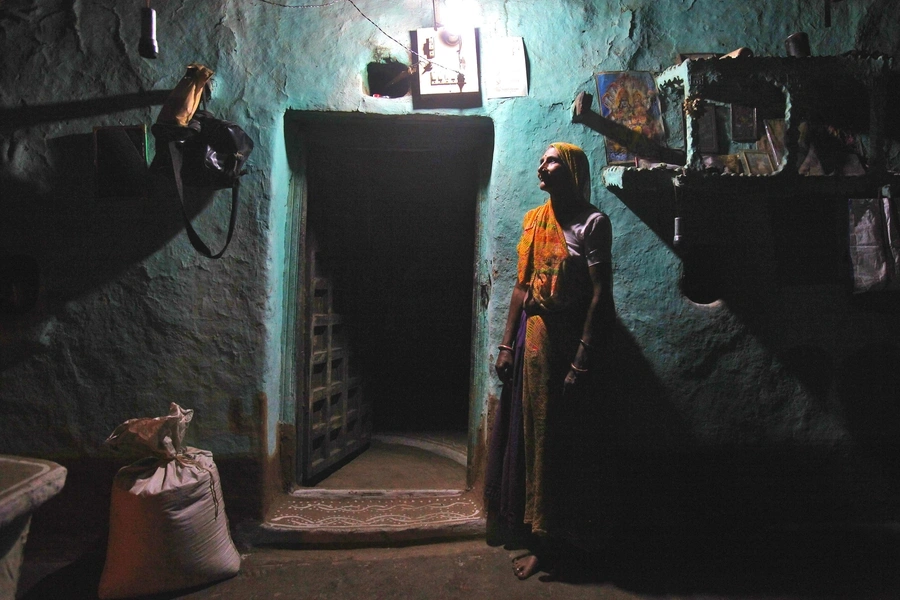New Evidence Supports the Business Case for Closing Gender Gaps

More on:
Women have made great strides over the past several decades, yet there still remain staggering economic gaps between women and men. In the United States, the recently observed Equal Pay Day—a symbolic event that illustrates the wage gap—brought home the fact that women still make only 80 percent as much as men, with women of color facing an even larger disparity.
Gaps between women and men aren't just restricted to income—they extend to a variety of other issues. For instance, globally, the gender employment gap has dropped by only 0.6 percentage points since 1995, with an employment-to-population ratio of 46 percent for women and about 72 percent for men in 2015. In the consumer sector, women make up to 80 percent of consumer decisions, yet products and services aren't designed with their needs in mind. In the financial sector, the financing gap is estimated at $285 billion for women entrepreneurs in emerging markets.
To create markets that are both competitive and inclusive, gender gaps need to be closed at all levels. This means fixing laws and policies that create hurdles for women—for example, restrictions on the kind of work they can do—to spur economic growth. It also means closing gender gaps in financing. Finally, it means working with the private sector to develop and implement gender-smart business solutions that help companies innovate and grow their influence, while improving their bottom line. If we want to address persistent market failures, we need the private sector to step up. The good news is that it is becoming easier as companies have begun to recognize the link between closing gender gaps and improved performance. Government requirements—such as the disclosure of wage gaps in the United Kingdom or mandatory employer-supported childcare provisions in countries ranging from Ecuador to India—provide additional motivation for firms to do more. IFC's new report, Investing in Women: New Evidence for the Business Case, demonstrates how IFC clients, including banks and agribusiness companies, have benefited from developing and implementing gender-smart solutions.
So what can companies do? Let’s look at the following three examples:
BLC Bank of Lebanon. BLC, one of the oldest banks in Lebanon, has achieved greater innovation, growth, and profitability by working to reduce the gaps between women and men in its workforce and customer base. After analyzing women's needs and preferences, BLC launched a series of dedicated products and services under its Women’s Empowerment program, including collateral-free loans and a range of nonfinancial services for women entrepreneurs. Its portfolio of women entrepreneurs has delivered a higher compound annual growth rate and return on assets than the overall bank portfolio—with a lower rate of nonperforming loans.
The global insurance industry. Research by IFC, AXA, and Accenture suggests the global insurance industry could earn up to $1.7 trillion by 2030 by targeting just women—double the size of market in 2013. A new report from IFC and its partners, Mainstreaming Gender and Targeting Women in Inclusive Insurance: Perspectives and Emerging Lessons, goes further, noting that closing gender gaps in insurance "contributes to financial sector development and, importantly, protects the gains of many other development agendas, such as poverty alleviation, employment generation, agricultural development, food security, health and social protection." In other words, it helps create and sustain markets not just for women but for all. Companies such as AXA and Assupol have now started to focus on women as a central part of their growth strategy.
Companies can create inclusive distribution channels, thereby reaching a bigger market. One such company is Frontier Markets in India, a clean-energy products company that focused its efforts on training women as solar-product sales agents. Building markets for solar lighting, particularly among a low-income customer base, requires innovative business models. As part of its plan, the company developed a network of women entrepreneurs known as Solar Sahelis, who helped to overcome the cost and consumer awareness challenges of selling in disparate last-mile markets. Having such a network embedded in communities to answer post-sales inquiries has built trust with people, leading to increased sales of off-grid solar lighting and opening up new markets. As a result, the firm was able to increase sales by 30 percent.
If we want to make progress in fighting poverty, we need to start talking about creating markets with a different perspective. It's not just about creating markets—it's about creating markets for all, including women. And it's not just a goal for governments and development institutions: the private sector can, and should, play a leading role.
More on:
 Online Store
Online Store